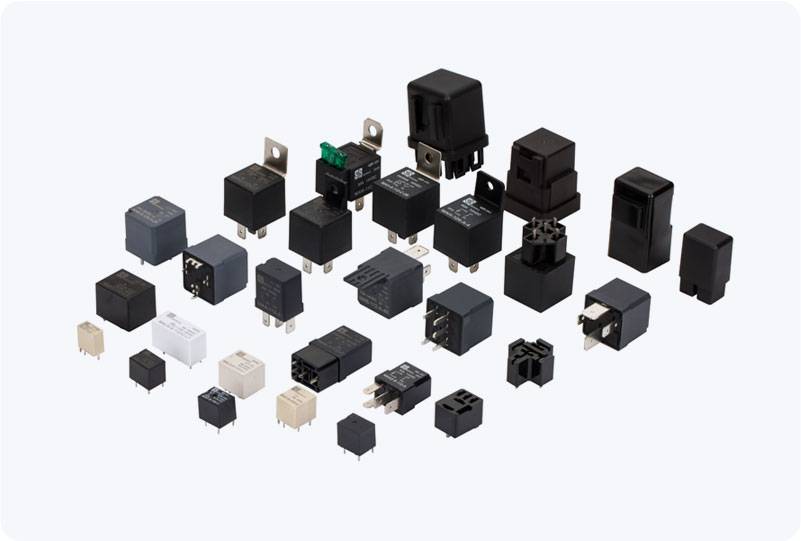Programmable Logic Controllers (PLCs) have revolutionized the world of industrial automation. They are the brain behind many automated systems that control machinery and processes with precision and reliability. One essential element within a PLC-based control system is the relay, often referred to as the PLC Control Relay. This component plays a crucial role in bridging the gap between PLC’s low-voltage output and the high-voltage load devices, enabling automated control of complex industrial processes. This article will explore the working principle, applications, and advantages of PLC Control Relays.

What is a PLC Control Relay? A PLC (Programmable Logic Controller) is a digital computer used for automation and control of various industrial processes. It executes a set of pre-programmed instructions to control machines and other devices. The PLC Control Relay is an electromechanical device that acts as an intermediary between the PLC and external load devices such as motors, lights, or pumps. A relay typically consists of a coil and a set of contacts. When the PLC sends a signal to the relay, it energizes the coil, causing the contacts to either open or close. This action allows the relay to control the flow of current to the external device. Essentially, the relay is the switch that turns a device on or off in response to a PLC’s output.